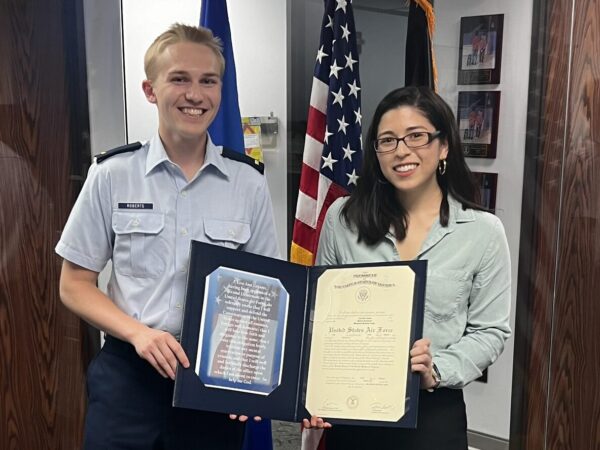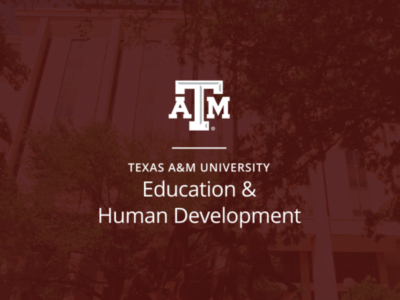Assessing English language learners for special education
For years, research has shown a disproportionate identification of English language learners in special education. Dr. Joe Yoo ‘19, an Ed.D. graduate from the Department of Teaching, Learning and Culture, developed a checklist to help minimize unwarranted special education referrals of English language learners in Houston ISD.
Identifying ELL students with disabilities can be difficult. There is a lack of adequate assessments and most education professionals do not have the experience to effectively assess ELLs for special education.
During Yoo’s Intervention Assistance Team meetings, educators engage in a collaborative, problem-solving process to resolve student problems. School administrators, parents and evaluation professionals also take part. Should students not make sufficient progress with the interventions provided in the IAT meetings, they are referred for special education assessment. Classroom teachers are then asked to collect crucial data to support the referral for testing.
In Yoo’s qualitative record of study, results showed teachers lacked formal documents to collect that data, they felt inadequate to teach ELLs and were unable to distinguish between language acquisition and learning disabilities
“We need to equip teachers with a document so when they come to refer a child, they have good, solid information to offer,” said Yoo. “This is especially important for bilingual students because these students have issues with reading, for example. It’s hard to tell whether they are still learning the language or if they have a learning disability.”
Yoo has spent 21 years in the education field. He is currently managing compliance and evaluation in the Office of Special Education Services in Houston ISD. During meetings with school administrators and teachers, he hears reports about students and certain challenges. However, they had no formal documentation.
“As an evaluation team member, I wanted to see more concrete and formal documentation. All they brought to meetings were sticky notes or journals, or they would have anecdotal informal observations,” said Yoo.
Yoo felt formal documentation, such as a checklist, may provide support to the teachers who plan to introduce a student’s case at the IAT meeting and ensure the collection of crucial data to improve the fidelity of the meetings. That is when the IAT checklist was developed.
“My goal was to keep the checklist short so teachers are not overwhelmed with documents. The first column is for the characteristics of a student acquiring a language. The second focuses on characteristics of a student with learning disabilities,” said Yoo. “This helps us determine if the struggles are because the student has attention issues or because the student doesn’t understand the language.”
This checklist was first implemented in January 2021. Every ELL who is suspected of having a learning disability goes through the checklist. Yoo estimates the checklist will be used close to 3,000 times during the school year.
He hopes it helps to provide constructive collaboration with teachers to solve problems and gain sufficient knowledge in how to instruct and help ELLs and prevent unnecessary referrals.
“We need to give students the opportunity to learn the language and we need to exhaust every resource that we have and give them all the interventions before we label them as a student with a disability,” said Yoo.
Story by Ashley Green.














